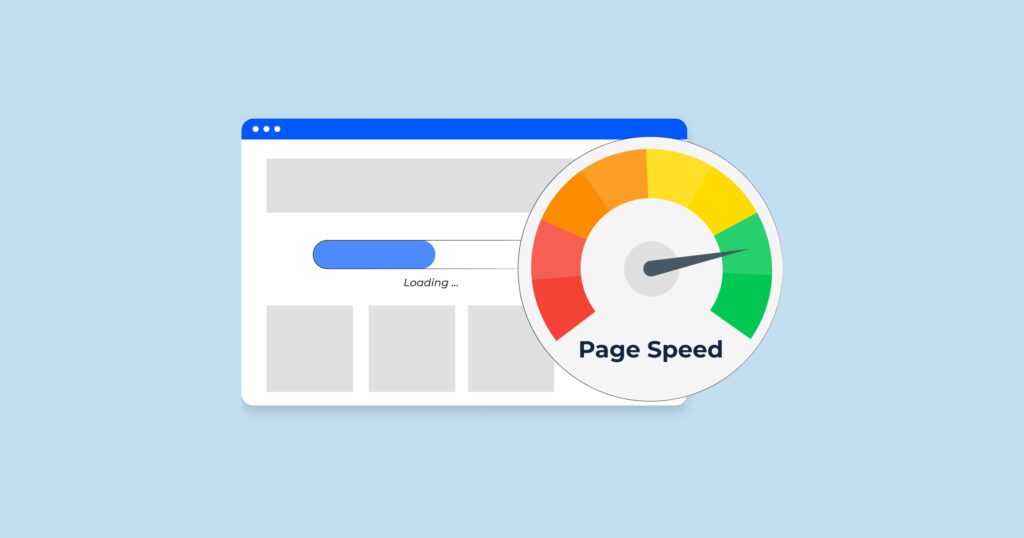Mobile-first design isn’t just a trend it’s the new standard. In 2025, more than 75% of homebuyers start their search on mobile devices. That means your real estate website needs to perform flawlessly on smartphones and tablets, not just desktops.
In this guide, we’ll break down why mobile-first design matters for real estate websites, how it impacts SEO and user experience, and practical ways to optimize your site for a mobile-first future.
What Is Mobile-First Design?
Mobile first design is a web development strategy where the mobile version of a site is designed before the desktop version. Rather than shrinking a full-sized site down for phones, developers build with small screens in mind from the beginning.
Key Features of Mobile-First Design:
- Fast load times
- Tap-friendly buttons
- Simple navigation
- Responsive layouts that adapt to any screen size
- Content prioritized for on-the-go users
Why Mobile-First Design Matters for Real Estate in 2025
Here’s a breakdown of what to include on every major real estate website page to engage users and boost SEO.
1. Homebuyers Are Mobile-First
According to NAR’s Home Buyers and Sellers Generational Trends Report, a growing percentage of buyers—especially millennials and Gen Z—rely on mobile devices to search for listings, contact agents, and schedule showings.
If your site isn’t optimized for mobile, you’re missing out on a huge pool of qualified leads.
2. Google Prioritizes Mobile-First Indexing
Since 2020, Google has used mobile-first indexing, meaning it primarily evaluates the mobile version of your site when determining rankings.
What This Means for Real Estate Websites:
- A poorly performing mobile site can hurt your SEO, even if your desktop version is excellent.
- Mobile usability now directly impacts your search visibility, especially for local search queries like “homes for sale near me.”
3. Speed and Performance Impact Lead Generation

Slow websites = lost clients.
Mobile users expect pages to load in under 3 seconds. In real estate, where users often browse listings or request showings on the go, every second counts.
Speed Optimization Tips:
- Compress images without losing quality
- Use lazy loading for property photos
- Minimize use of large scripts and plugins
- Choose a mobile-optimized hosting provider
4. Better UX = Higher Conversions
A responsive, intuitive mobile site builds trust and keeps users engaged.
Must-Have Mobile UX Features:
- Large, tappable buttons (“Contact Agent,” “View Listing”)
- Simple menus and navigation
- Click-to-call phone numbers
- Integrated maps for location-based browsing
- Smart lead capture forms that auto-fill and submit easily
5. Better UX = Higher Conversions

Most mobile searches are location-specific. That makes mobile-first design + local SEO a powerful duo for real estate websites.
Mobile-Local SEO Best Practices:
- Use “near me” keywords naturally in your content
- Add structured data for listings, reviews, and locations
- Ensure your Google Business Profile is accurate and linked
How to Make Your Real Estate Website Mobile-First
Ready to modernize your site? Start here:
1. Use a Responsive Framework
Whether you’re using WordPress, Webflow, or a custom CMS, make sure your theme or template adjusts smoothly across screen sizes.
2. Test with Google’s Mobile-Friendly Tool
Check your site at Google’s Mobile-Friendly Test to identify performance issues.
3. Prioritize Mobile in Design Mockups
When working with a web designer, ask to see the mobile layout first. It should be simple, scannable, and lightning-fast.
4. Optimize for Thumb Navigation
Keep important actions (like scheduling a showing or saving a listing) in thumb-friendly zones near the bottom of the screen.
5. Eliminate Pop-Ups That Block Content
On mobile, intrusive pop-ups kill user experience and hurt rankings. Use slide-ins or small banners instead.
Pro Tip: Pair Mobile-First with SEO-Optimized Content
Even a beautifully responsive site won’t convert without strong content. Ensure each mobile page includes:
- Keyword-rich headings (like “Homes for Sale in [City]”)
- Optimized meta titles and descriptions
- Clear CTAs (e.g., “Get Property Alerts” or “Book a Showing Today”)
Want help creating content like this?
👉 Explore our SEO Content Services for Real Estate »
Final Thoughts
In 2025 and beyond, your real estate website must be built mobile-first to stay competitive. With more buyers relying on smartphones to find homes, schedule tours, and contact agents, it’s critical to prioritize speed, usability, and SEO for small screens.
Remember: your website isn’t just a brochure it’s your digital lead generation engine. Make it mobile-first and client-ready.

